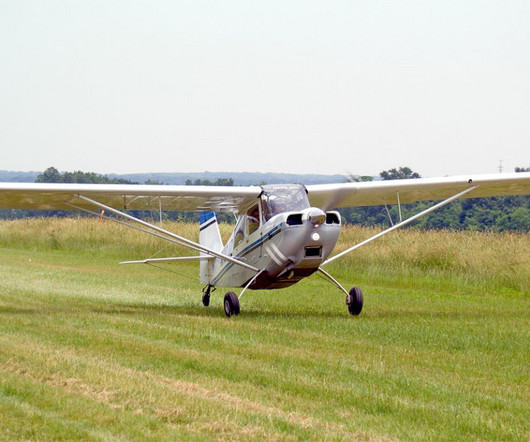How to fly a perfect soft field approach and landing
Flight Training Central
DECEMBER 4, 2023
This allows the airspeed to slowly dissipate while the airplane is flown just above the surface in ground effect. When the wheels first touch the ground, the proper technique allows the wings to continue supporting much of the weight of the airplane.










Let's personalize your content